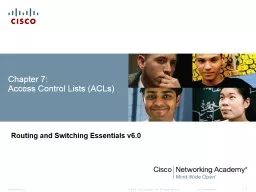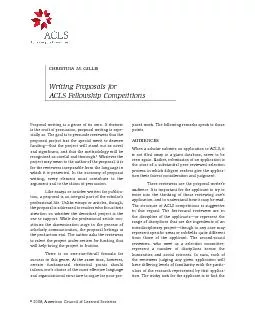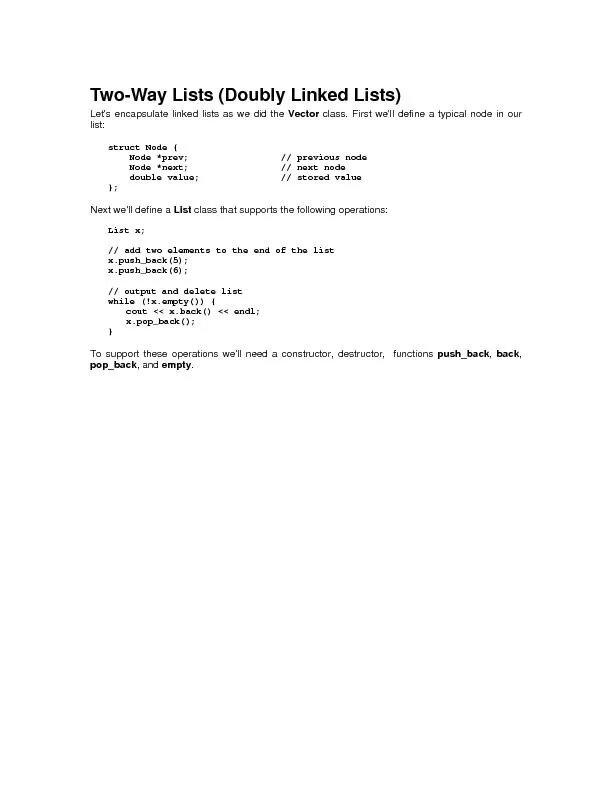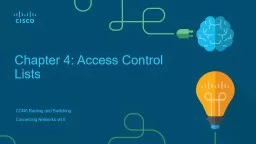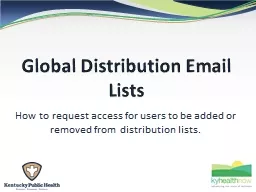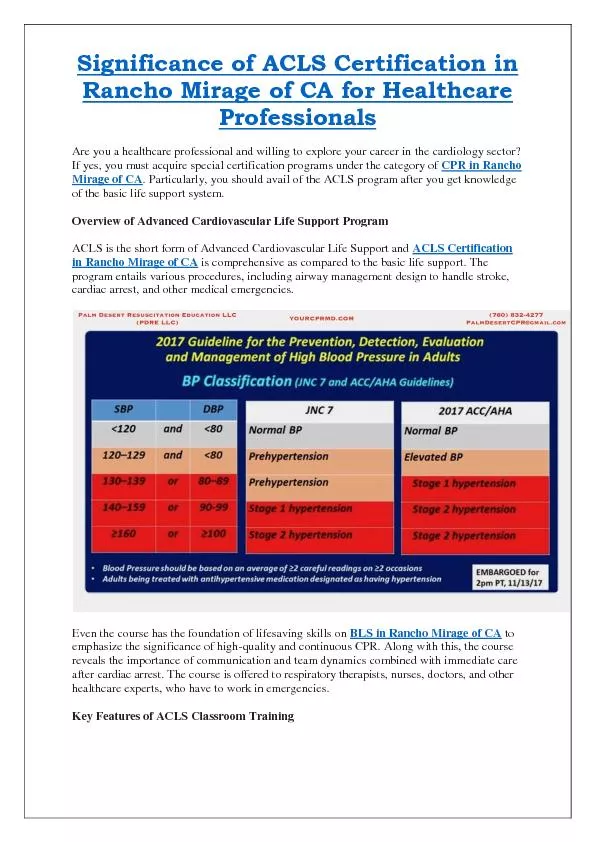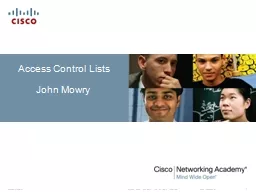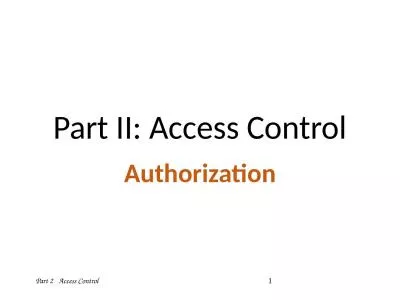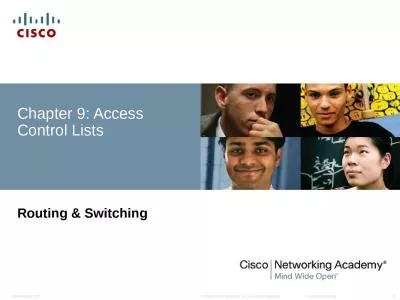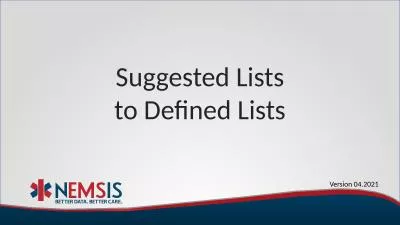PPT-Chapter 7: Access Control Lists (ACLs)
Author : aaron | Published Date : 2018-10-24
Routing and Switching Essentials v60 71 ACL Operation Purpose of ACLs What is an ACL By default a router does not have ACLs configured therefore by default a router
Presentation Embed Code
Download Presentation
Download Presentation The PPT/PDF document "Chapter 7: Access Control Lists (ACLs)" is the property of its rightful owner. Permission is granted to download and print the materials on this website for personal, non-commercial use only, and to display it on your personal computer provided you do not modify the materials and that you retain all copyright notices contained in the materials. By downloading content from our website, you accept the terms of this agreement.
Chapter 7: Access Control Lists (ACLs): Transcript
Download Rules Of Document
"Chapter 7: Access Control Lists (ACLs)"The content belongs to its owner. You may download and print it for personal use, without modification, and keep all copyright notices. By downloading, you agree to these terms.
Related Documents

